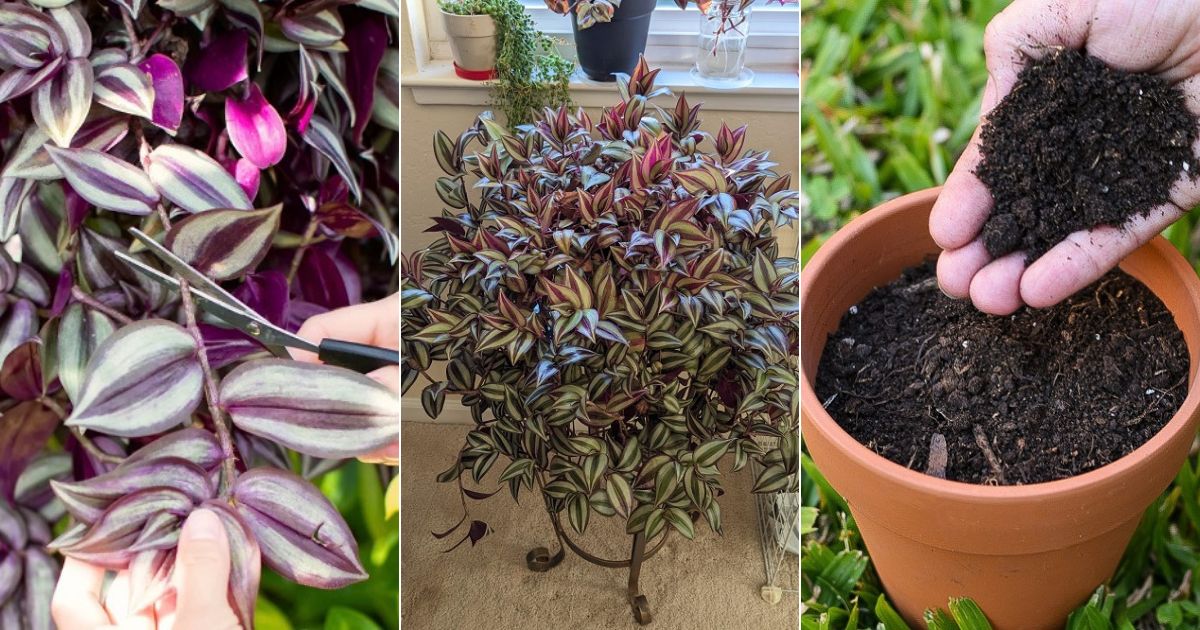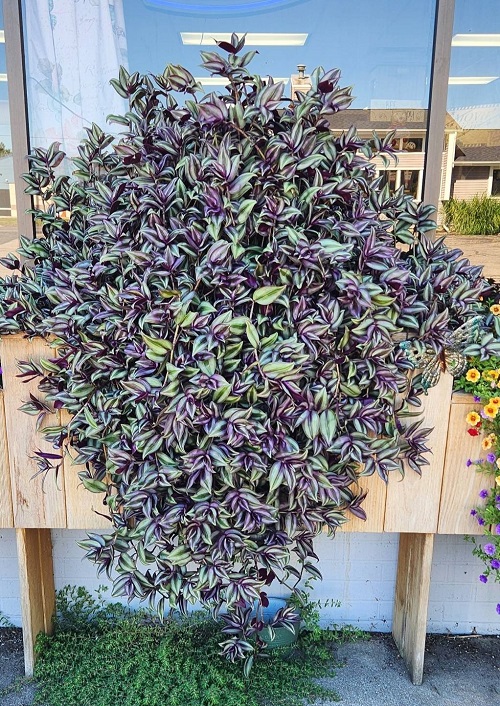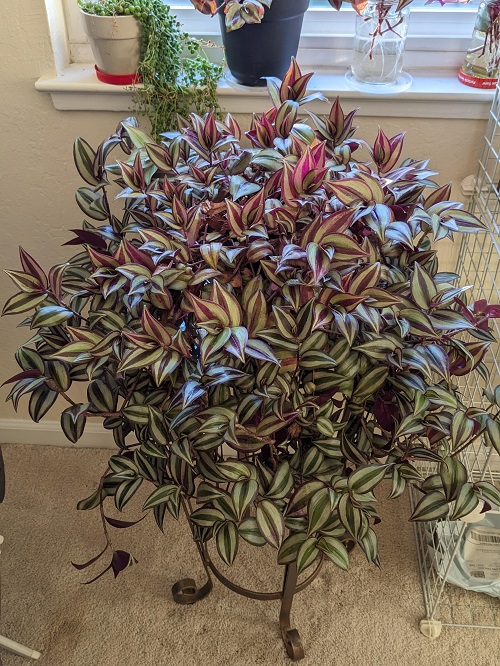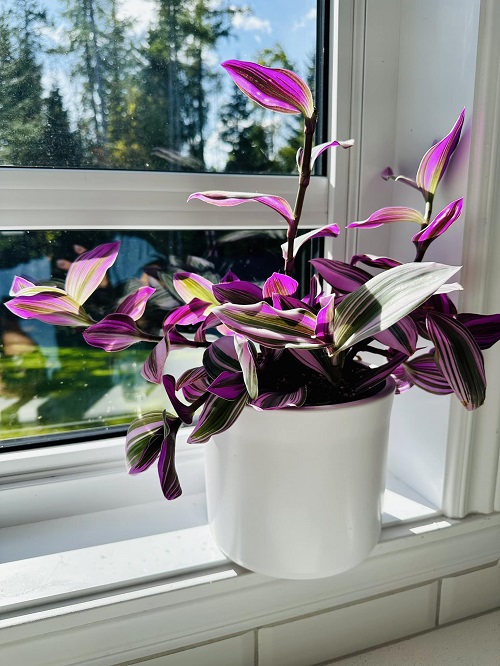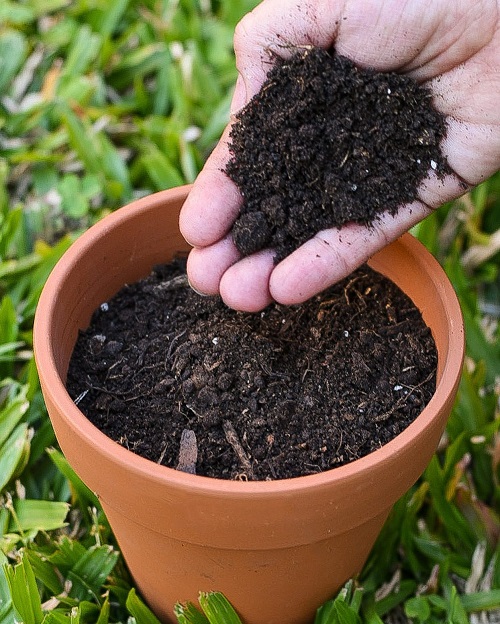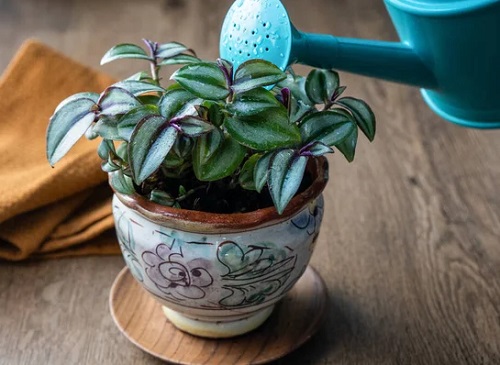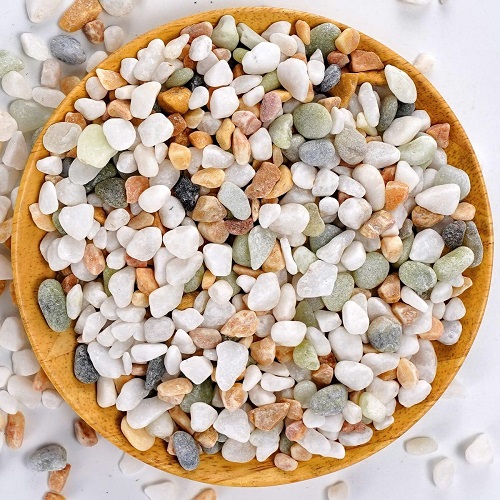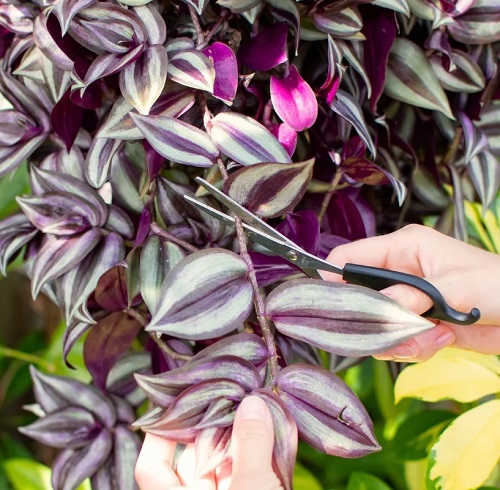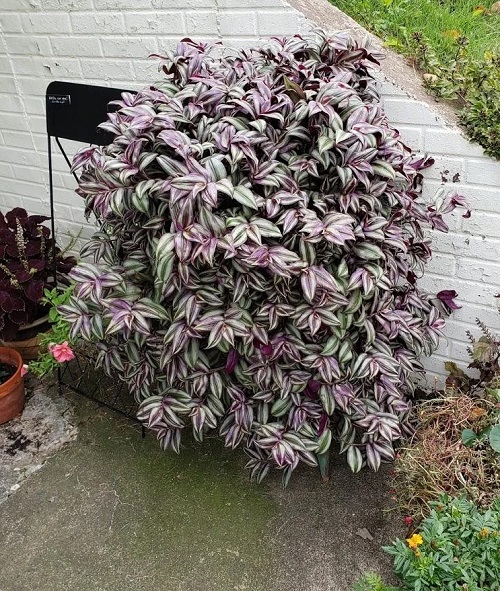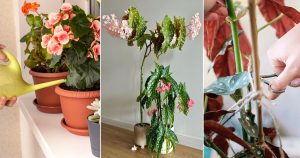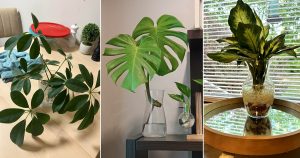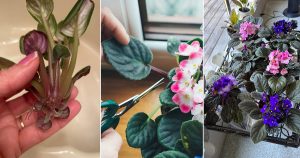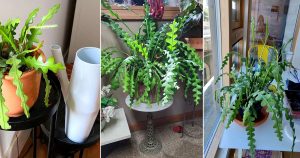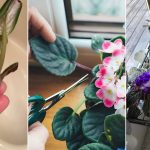Find out How to Grow a Spilling Wandering Jew indoors or outdoors with simple care tips and boost the aesthetic appeal of your home.
The Wandering Jew, also known as the Inch Plant, is believed to have started the popular trend of plant swapping. Long before indoor gardening became a big business, people used to share and trade cuttings of this plant with friends and family. Native to tropical and warm regions, the Wandering Jew grows quickly and needs very little care. Its name comes from its habit of spreading rapidly when left to grow freely outdoors. Tradescantia zebrina, once called Zebrina pendula, is a trailing plant loved for its bright purple leaves. It can be grown indoors all year round and is perfect even for beginners with little gardening experience. Here you can learn How to Grow a Spilling Wandering Jew Indoors or Outdoors.
How to Grow a Spilling Wandering Jew
Choose the Right Variety
There are several types of Wandering Jew plants, and all are great for creating a spilling effect. Tradescantia zebrina has purple and silver-striped leaves, while Tradescantia fluminensis has shiny green leaves. For a more colorful look, you can also try Tradescantia pallida, known for its deep purple color.
Light
Creeping Inch plants grow best in bright, indirect light but can also handle a few hours of direct sunlight. Place your Wandering Jew near a south-facing window so it gets around 6 to 7 hours of good light each day. You can also grow it on north-facing balconies or terraces where it gets plenty of natural light.
If the color or patterns on the leaves start to fade, it means the plant isn’t getting enough light. Move it to a brighter spot to help it regain its vibrant color.
Ideal Soil Mix
The creeping inch plant isn’t too picky about soil. It grows well in a rich, well-draining potting mix. Make sure to let the top layer of soil dry out between waterings and loosen the soil occasionally for better airflow. Since this plant likes its soil slightly moist, good drainage and aeration are important to prevent root rot.
Watering
The Wandering Jew plant likes its soil to stay evenly moist but never soggy. When growing it in indirect light, water once a week or when the top of the soil feels dry. Avoid letting the soil dry out completely.
If the soil has dried out, water it slowly in small amounts. Let the soil soak up the water before adding more. Continue watering this way until water starts to drain out from the bottom of the pot. This helps the soil absorb moisture properly without letting it run straight through.
Temperature and Humidity
Wandering Jew plants prefer warm, humid conditions. The ideal temperature range is between 18°C and 27°C (65°F–80°F). If you grow it indoors, mist the leaves occasionally or place a humidity tray nearby. Outdoors, protect the plant from cold drafts and frost, as it is sensitive to freezing temperatures.
Feed for Better Growth
Use a balanced, all-purpose houseplant fertilizer for your Wandering Jew. This plant doesn’t need much feeding and grows well with both root and leaf feeding every 15 days.
Dilute the fertilizer as directed on the label. Apply it to the soil once every two weeks and also spray it on the leaves using a misting bottle. Spraying on the leaves helps them grow larger and more colorful. However, avoid overfeeding, as too much fertilizer can make the leaf patterns fade.
Pruning and Propagation
The Spiderwort plant doesn’t need regular pruning, but you may prune it in two situations: to remove dead leaves or to shape the plant and control its growth. If left alone, the plant can become leggy, so trimming the stems or pinching back about one-fourth of each branch helps keep it fuller.
Use clean, sharp scissors or pruning shears to cut stems at an angle between leaf nodes. To remove dead or yellow leaves, simply pinch them off, making sure to take the leaf stalk off the main stem as well.
Propagation
The Wandering Jew is very easy to propagate. Anyone can do it with just a pair of scissors. Cut 1 to 2-inch pieces of the plant, making sure each cutting has at least one leaf node. You can place the cuttings in moist potting soil or in water. Keep them in a bright spot with indirect light.
Growing Outdoors
When grown outdoors, the Wandering Jew can spread fast and cover large areas. It works beautifully in hanging baskets, garden beds, or as ground cover. Just remember to trim it often, as it can become invasive in warm climates.

